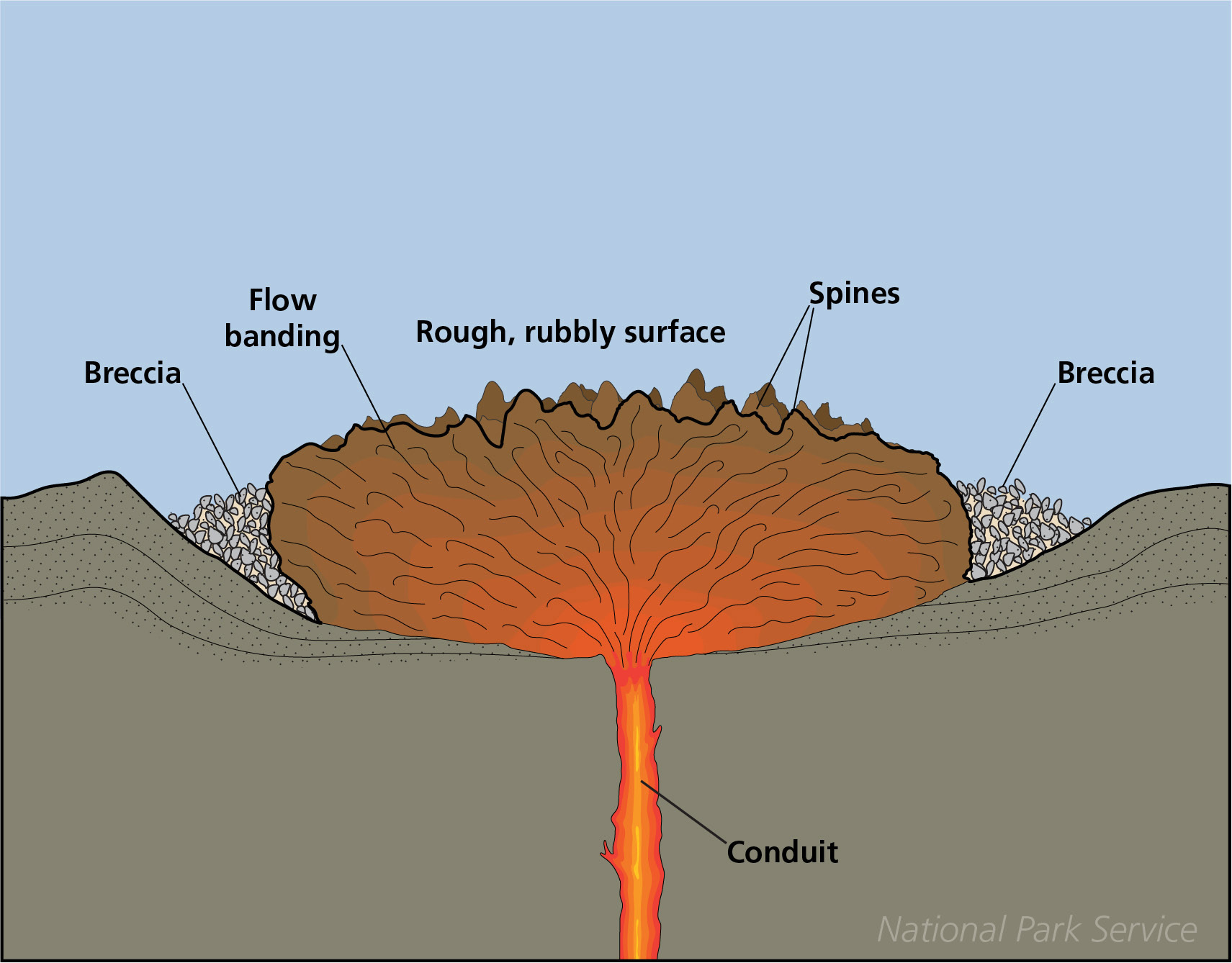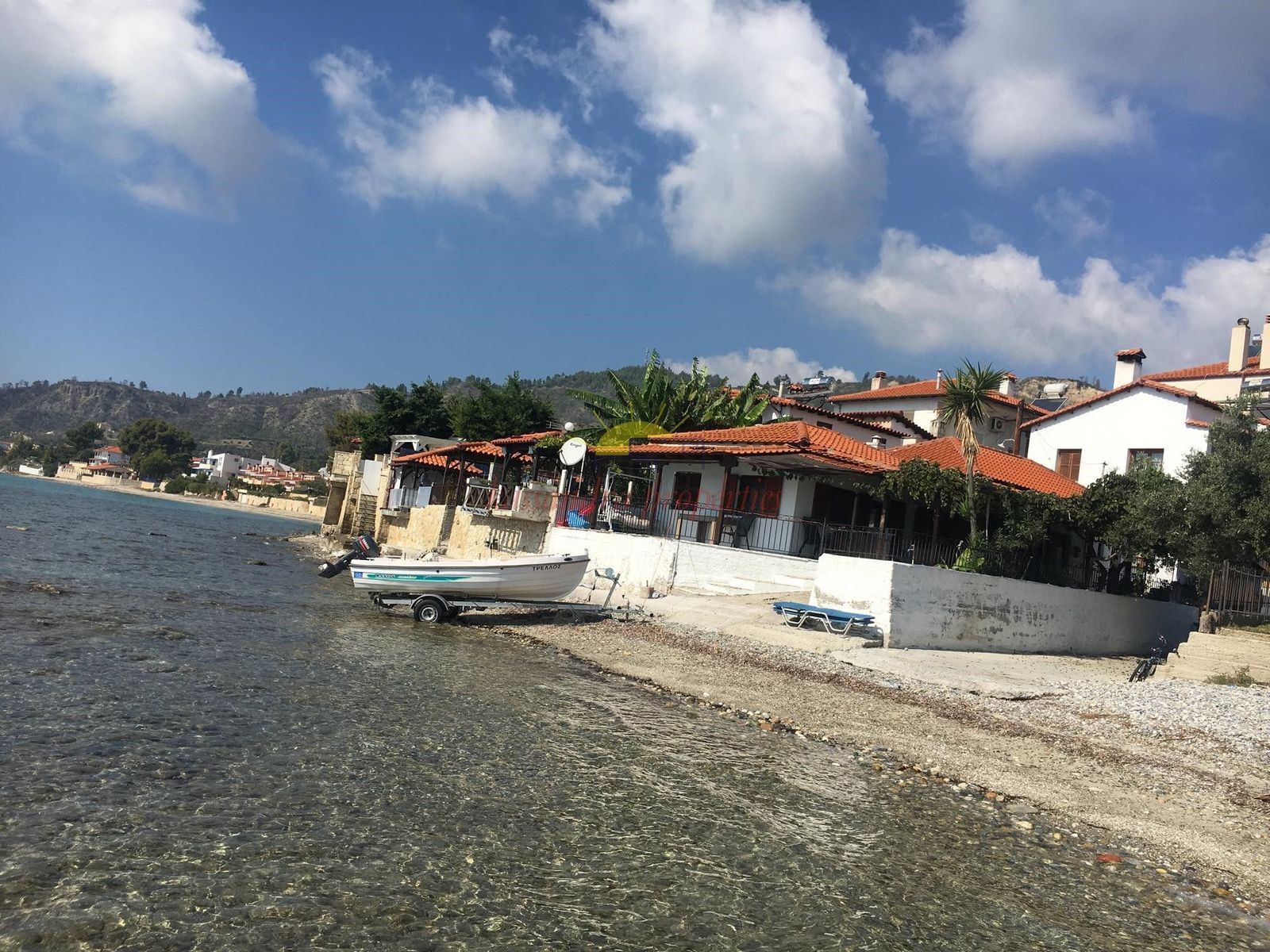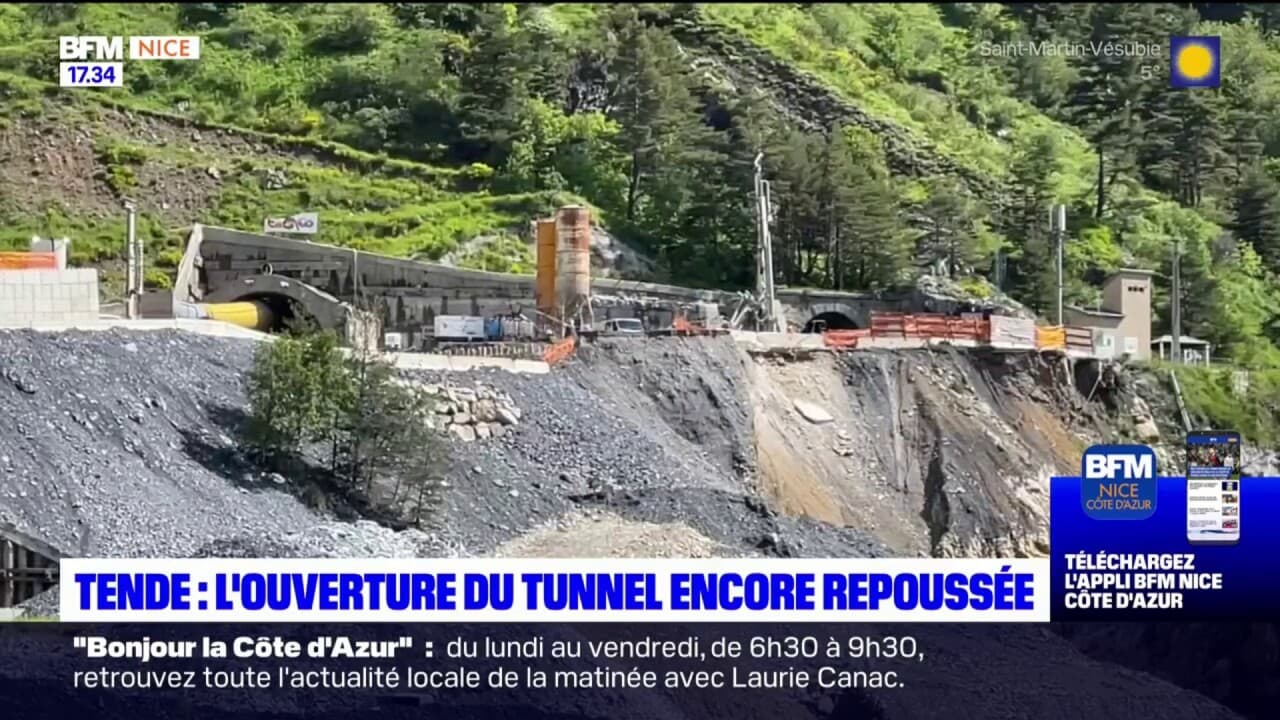Yellowstone's Volcanic Future: New Insights From Magma Reservoir Studies

Table of Contents
The Yellowstone Magma Reservoir: Size, Composition, and Dynamics
Beneath the stunning geysers and hot springs of Yellowstone National Park lies a vast magma chamber, a colossal reservoir of molten rock fueling the region's geothermal activity. The size and extent of this magma chamber are subjects of ongoing research, with recent geophysical data suggesting a more complex and potentially larger system than previously thought. This expansive magma chamber is not a single, homogenous body, but rather a network of interconnected pockets and conduits of molten rock.
The composition of this magma is primarily rhyolitic magma, rich in silica. This high silica content contributes to the volcano's explosive potential, as rhyolitic magma is highly viscous and traps volatile gases, leading to powerful eruptions. Understanding the precise silica content and the distribution of volatile components within the magma reservoir is critical for predicting the style and intensity of future eruptions.
The dynamics of the magma reservoir are equally important. Scientists utilize sophisticated modeling techniques to simulate magma movement, pressure changes, and the interaction between different magma bodies. These models, coupled with real-time monitoring, help to assess the potential for future eruptions.
- Recent geophysical data: Seismic tomography and GPS measurements provide insights into the reservoir's three-dimensional structure and the movement of magma.
- Chemical analysis: Analysis of volcanic gases and erupted materials reveals the magma's composition and potential eruptive style.
- Modeling efforts: Sophisticated computer models simulate magma movement, pressure buildup, and the potential for future eruptions.
Interpreting Geochemical and Geophysical Data for Eruption Prediction
Monitoring Yellowstone's volcanic activity is a continuous process involving a sophisticated array of techniques. Scientists meticulously track various parameters to detect subtle changes that could signal an impending eruption. These methods include:
- Seismic activity: A network of seismometers continuously monitors earthquake activity, which can indicate magma movement beneath the surface.
- Ground deformation: GPS and InSAR (Interferometric Synthetic Aperture Radar) measure changes in the ground's surface, reflecting the pressure exerted by magma.
- Geothermal activity: Changes in the temperature and flow rates of hydrothermal features, such as geysers and hot springs, can be indicative of magma movement.
Interpreting this data is challenging, however, and uncertainties remain. The complex interplay of various factors makes precise eruption forecasting difficult. For example, a swarm of small earthquakes might indicate a minor shift in magma pressure, or it could be a precursor to a more significant event. Careful analysis and ongoing research are crucial in refining our understanding and improving predictive capabilities.
Probabilities and Scenarios for Future Eruptions at Yellowstone
The scientific consensus is that another eruption at Yellowstone is inevitable, though the timing and magnitude remain uncertain. Current scientific models suggest the probability of a large, caldera-forming eruption is relatively low within the next few centuries. However, smaller eruptions, such as lava flows or hydrothermal explosions, are considerably more likely.
Several eruption scenarios are possible, ranging from relatively benign lava flows to much more destructive explosive events. The eruption probability of each scenario depends on numerous factors, including the magma reservoir's state, the rate of magma influx, and the presence of volatile gases.
- Statistical models: Probabilistic models combine various data sets to estimate the likelihood of different eruption scenarios.
- Potential eruption types: These range from effusive eruptions (lava flows) to explosive eruptions (ash plumes and pyroclastic flows).
- Impact assessment: Scientists assess the potential impact of different eruptions on surrounding populations and infrastructure, guiding evacuation plans and mitigation strategies.
The volcanic hazard posed by Yellowstone is significant, necessitating robust risk assessment and preparedness measures.
Mitigation Strategies and Preparedness for Yellowstone's Volcanic Future
Preparing for Yellowstone's volcanic future involves a multi-pronged approach focusing on monitoring, warning systems, and emergency response. The goal is to minimize the impact of future eruptions through effective mitigation strategies and robust emergency preparedness plans.
- Advanced monitoring technologies: Continuous improvements in seismic, geodetic, and geochemical monitoring enhance our ability to detect early warning signs.
- Warning systems and communication protocols: Effective communication systems are crucial to alert communities about potential volcanic hazards.
- Community education and outreach programs: Educating the public about volcanic hazards and emergency procedures is critical for preparedness.
- Hazard mapping: Detailed maps identify areas at risk from various eruption scenarios, informing land-use planning and evacuation strategies. Effective volcanic risk mitigation relies on the integration of scientific data and community planning.
Conclusion: Understanding and Preparing for Yellowstone's Volcanic Future
Magma reservoir studies offer invaluable insights into Yellowstone's volcanic future, revealing a complex and dynamic system. While the probability of a catastrophic super-eruption is low in the near future, smaller eruptions remain a possibility. Ongoing research and continuous monitoring are vital for refining our understanding of Yellowstone's volcanic potential and improving our ability to predict future activity. Effective volcanic risk mitigation strategies, coupled with robust emergency preparedness plans, are essential to minimize the potential impact of future eruptions. Learn more about Yellowstone's volcanic future and stay updated on the latest research by visiting the USGS Yellowstone Volcano Observatory website: [Insert USGS link here].

Featured Posts
-
 Abhishek Bachchan And Nora Fatehis Close Bond Sparks Speculation Aishwarya Rais Absence Fuels Divorce Rumors
May 27, 2025
Abhishek Bachchan And Nora Fatehis Close Bond Sparks Speculation Aishwarya Rais Absence Fuels Divorce Rumors
May 27, 2025 -
 The 2026 Georgia Senate Race Ossoff Vs Gop Healthcare Policies
May 27, 2025
The 2026 Georgia Senate Race Ossoff Vs Gop Healthcare Policies
May 27, 2025 -
 Eisvoli Liston Se Katoikia Sti Xalkidiki Leptomereies
May 27, 2025
Eisvoli Liston Se Katoikia Sti Xalkidiki Leptomereies
May 27, 2025 -
 Jon Ossoffs Strategy For The 2026 Election Healthcare At The Forefront
May 27, 2025
Jon Ossoffs Strategy For The 2026 Election Healthcare At The Forefront
May 27, 2025 -
 Synthetic Hair Braids And Black Womens Health A Concerning Trend
May 27, 2025
Synthetic Hair Braids And Black Womens Health A Concerning Trend
May 27, 2025
Latest Posts
-
 Video Replay De Loeil De Philippe Caveriviere 24 Avril 2025 Face A Philippe Tabarot
May 30, 2025
Video Replay De Loeil De Philippe Caveriviere 24 Avril 2025 Face A Philippe Tabarot
May 30, 2025 -
 A69 L Etat Saisit La Justice Pour Relancer Le Chantier Sud Ouest
May 30, 2025
A69 L Etat Saisit La Justice Pour Relancer Le Chantier Sud Ouest
May 30, 2025 -
 Philippe Caveriviere Vs Philippe Tabarot Replay Complet De Loeil Du 24 04 2025
May 30, 2025
Philippe Caveriviere Vs Philippe Tabarot Replay Complet De Loeil Du 24 04 2025
May 30, 2025 -
 Loeil De Philippe Caveriviere 24 Avril 2025 Replay Avec Philippe Tabarot
May 30, 2025
Loeil De Philippe Caveriviere 24 Avril 2025 Replay Avec Philippe Tabarot
May 30, 2025 -
 Le Tunnel De Tende Rouvrira T Il En Juin La Reponse Du Ministre Tabarot
May 30, 2025
Le Tunnel De Tende Rouvrira T Il En Juin La Reponse Du Ministre Tabarot
May 30, 2025
